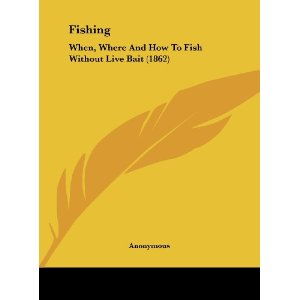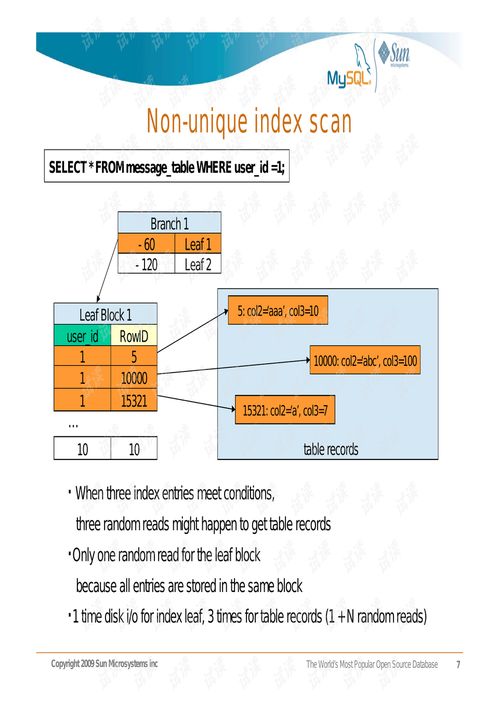Introduction:
Fishing with meatworms is a classic and effective method for catching a variety of fish species. Whether you're a beginner or an experienced angler, mastering the technique of fishing with meatworms can significantly enhance your chances of a successful catch. In this article, we'll provide you with a detailed guide, complete with step-by-step illustrations, to help you become proficient in this timeless fishing technique.
Choosing the Right Meatworms:
Before you start fishing, it's important to select the right meatworms. These should be fresh, plump, and wriggling. Here's a quick guide to choosing the best meatworms:
- Look for worms that are firm and plump, avoiding any that appear dry or limp.
- Meatworms should be a glossy, healthy red color, indicating they are in good condition.
- The size of the worm should match the size of the fish you're targeting. Larger fish require larger worms, while smaller fish can be caught with smaller worms.
Preparing Your Fishing Gear:
To fish with meatworms, you'll need the following equipment:
- A rod and reel suitable for the type of fishing you're doing.
- A variety of hooks, ranging from small to large, depending on the size of the worm and the fish you're targeting.
- A selection of fishing line, from light to heavy, depending on the conditions and the fish you're trying to catch.
- A sinker to weigh down your line and keep it on the bottom of the water.
- A swivel to prevent the sinker from sliding down the line.
Attaching the Meatworm to the Hook:
Once you have your gear ready, it's time to attach the meatworm to the hook. Here's how to do it:
- Take the end of the meatworm and pinch it between your thumb and forefinger.
- Push the hook through the worm's body from the head towards the tail, making sure it goes through the worm's body without piercing the worm's digestive tract.
- Wrap the worm around the hook shank several times to secure it. This ensures that the worm will stay on the hook even when it's being nibbled by a fish.
- Trim any excess worm with a pair of scissors to keep your bait looking natural.
Casting and Lining Up:
Once your bait is on the hook, it's time to cast your line:
- Hold the rod with one hand near the reel and the other hand near the tip of the rod.
- Position the line so that the sinker is near the end of the line.
- Swing the rod back, then forward, casting the line into the water.
- Once the line lands in the water, let it sink to the bottom, then slowly reel it in to line up your bait with the fish.
Patience and Sensitivity:

Fishing with meatworms requires patience and sensitivity. Here are some tips to help you catch more fish:
- Wait for a few moments after casting before you start reeling in. This gives the fish time to take the bait.
- Keep your rod tip slightly bent and be prepared to set the hook quickly if you feel a tug.
- Be patient and don't be afraid to wait for a long time between bites. Sometimes the best fish come at the most unexpected times.
Step-by-Step Illustrations:
To help you visualize the process, here are some step-by-step illustrations:
[Insert images of each step: choosing meatworms, preparing gear, attaching the worm to the hook, casting and lining up, and patience and sensitivity]
Conclusion:
Fishing with meatworms is a simple yet effective technique that can be enjoyed by anglers of all skill levels. By following this guide and practicing the steps outlined, you'll be well on your way to becoming a master of this classic fishing method. Happy fishing!












